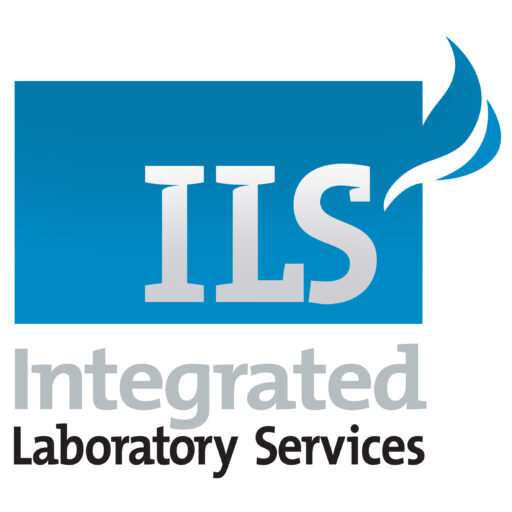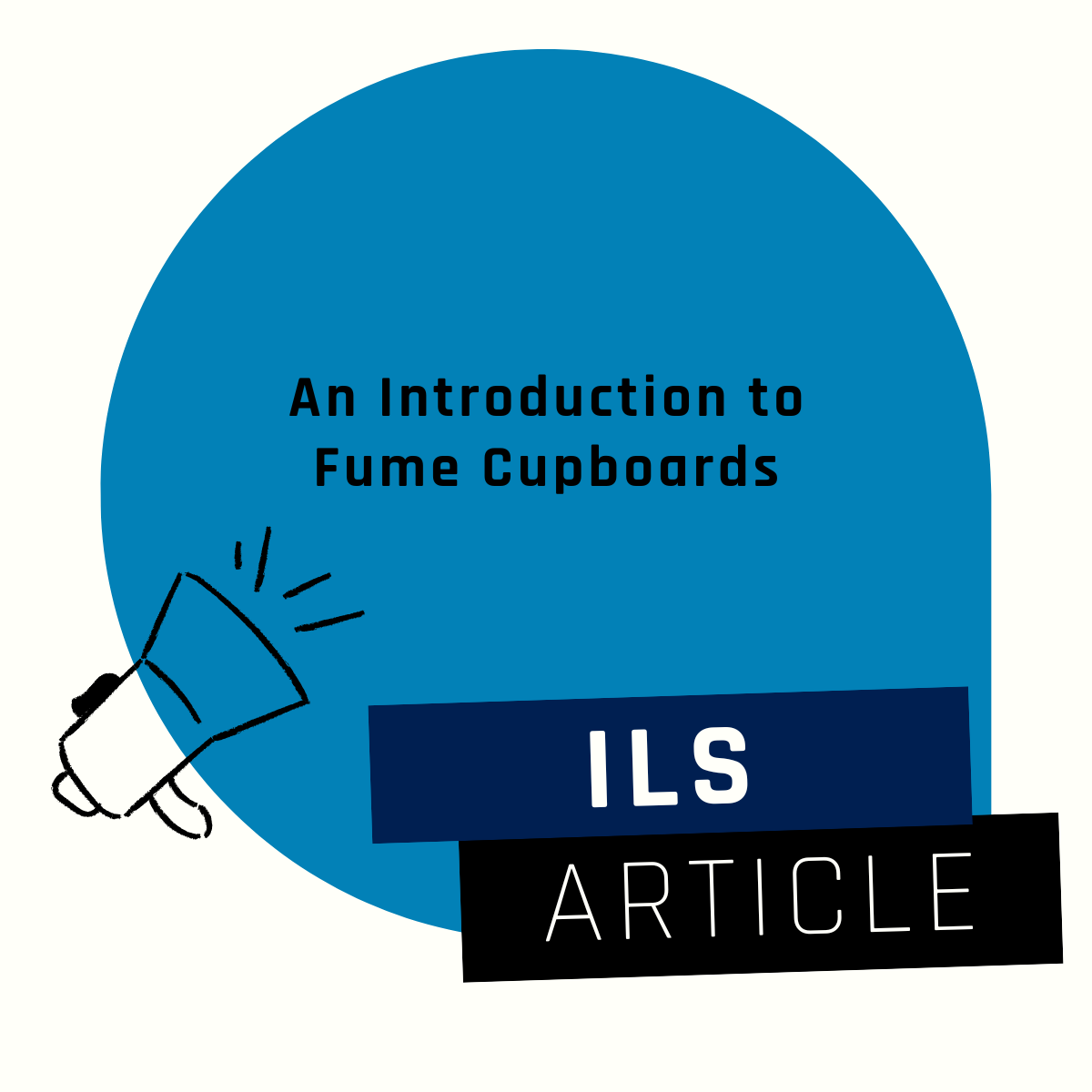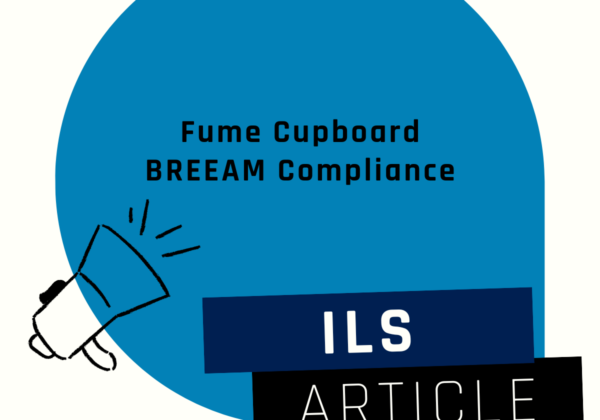Estimated reading time: 5 minutes
Introduction
Overview
A fume cupboard, also known as a fume hood or exhaust hood, is a type of ventilation system commonly used in laboratories and other workspaces to control and extract harmful fumes, vapours, and dust generated by hazardous substances.
In this article, we will explore the different types of fume cupboard, how they work, their components and features as well as their applications and benefits. We will also discuss the importance of proper installation, maintenance and precautions to take when working with fume cupboards and LEV systems.
What is a fume cupboard?
Definition and purpose of a fume cupboard
Fume cupboards are essential for laboratory workers to stay safe while handling hazardous materials. The provide a critical layer of protection against harmful chemicals, as they ensure that the fumes generated during experiments are effectively contained and exhausted. Without them, workers are at risk of inhaling toxic substances.
Types Available
There are several types of fume cupboards available:
- Ducted
- Thes are the most common type. They are connected to an extraction system that exhausts the fumes outside.
- Ductless
- Ductless or recirculating fume cupboards use filters to purify the air before recirculating it into the room, these are suitable for scenarios where ducting is difficult or make-up air is insufficient.
- Benchtop
- Benchtop fume cupboards are smaller and designed to sit on a laboratory bench. These can either be ducted or ductless
- Walk-In
- These are floor standing so that equipment can be wheeled in if necessary.
- Mobile
- Typically ductless and for school environments, mobile fume cupboards can be moved around the laboratory as needed. Our ducted academia can also be specified as semi-mobile which allows the unit to be pulled out so that students can surround the unit during demonstrations.
Components
A typical fume cupboard consists of a:
- Sash: Adjustable protective screen between the operator and the workspace
- Work surface: Working platform within the fume cupboard
- Baffle: Panel or panels located within the fume cupboard which ensures an even air distribution within the fume cupboard
- Alarm: To alert laboratory users if there is insufficient extraction. All our K8s come as standard with a TEL AFA4000/2.
- Services: Such as water, gases, drainage, lighting and more.
Additional Features
Fume cupboards can be equipped with several features to enhance their safety and functionality, such as automatic sash closers, and fire suppression systems.
How does a fume cupboard work?
Explanation of the extraction system
The extraction system of a fume cupboard works by drawing air from the workspace into the enclosure and directing it through a duct or stack to the outside of the building. This process creates negative pressure within the enclosure, which prevents fumes from escaping into the laboratory.
Role of extract fans in fume cupboards
Extraction fans play a crucial role in fume cupboards, as they draw air through the fume cupboard and direct it outside. Properly sized and maintained exhaust fans ensure that fumes are effectively captured and exhausted, maintain the safety of the laboratory workers.
Differentiating fume cupboards from safety cabinets
Definition and purpose of safety cabinets
A safety cabinet is a specialised storage unit designed to safely store hazardous chemicals. Including: flammable liquids, corrosive substances and toxic materials. These cabinets are designed to protect the user, the environment and the chemicals themselves from potential harm.
Comparison of safety cabinets and fume cupboards
While safety cabinets are used to store hazardous chemicals, fume cupboards are designed to remove harmful fumes and vapours from the laboratory. Fume cupboards are generally used when hazardous chemicals are being manipulated, while safety cabinets are used for storage purposes.
Choosing the right storage solution for hazardous chemicals
When selecting a storage solution for hazardous chemicals, it is important to consider the properties of the chemicals being stored, as well as the quantity and frequency of use.
Advantages of fume cupboards
Benefits of using a fume cupboard
Fume cupboards offer several benefits, including protection of the user and the environment. They also help to maintain a safe and healthy working environment by removing harmful fumes and vapours from the air. In addition, they help to comply with health and safety and COSHH regulations.
Common Uses
Fume cupboards are commonly used in laboratories, industrial facilities, universities and research institutions for the manipulation of hazardous chemicals. They are used for a variety of applications, including chemical reactions, solvent evaporation, and sample preparation.
Fume Cupboard Installation and Maintenance
Factors to Consider Before Ordering a Fume Cupboard
Before ordering and installing a fume cupboard, it’s important to consider several factors to ensure you’re purchasing the right solution for your laboratory. Some considerations below:
- The type and quantity of hazardous substances being used in the laboratory, this may affect the material choices within the fume cupboard. Trespa, polypropylene and Epoxy are most commonly used.
- The size of the laboratory and the available space for the fume cupboard.
- The type of work being done in the laboratory and the need for additional safety features, such as firetrace or autosash.
- The supply air into the room, consider a variable air volume fume cupboard.
Installation Process and Requirements
The installation process for a fume cupboard varies depending on the type and size of the unit. Generally, the installation process involves the following steps:
- Selecting a suitable location for the fume cupboard
- Preparing the location by ensuring there is sufficient space and that the necessary electrical and ventilation connections are available.
- Installing and positioning the fume cupboard.
- Testing the fume cupboard to ensure its functioning correctly and safely.
Maintenance and Servicing of Fume Cupboards
COSHH Regulation 9 requires maintenance and servicing of a local exhaust ventilation (LEV) equipment including fume cupboards to be undertaken at least every 14 months. This is essential to ensure its operating safely and effectively. Some of the key maintenance tasks for a fume cupboard include:
- Checking and maintaining the ventilation system, including the exhaust fan and ducting.
- Inspecting the electrical components of the fume cupboard to ensure they’re functioning properly.
Conclusion
In conclusion, fume cupboards are an essential component of laboratory safety, providing a means of protecting researchers and other laboratory workers from exposure to hazardous substances. When selecting and using a fume cupboard, it’s important to consider factors such as the type and quantity of hazardous substances being used, the available space, and the need for additional safety features. Proper installation, maintenance, and testing are also critical to ensuring the safe and effective operation of a fume cupboard.



